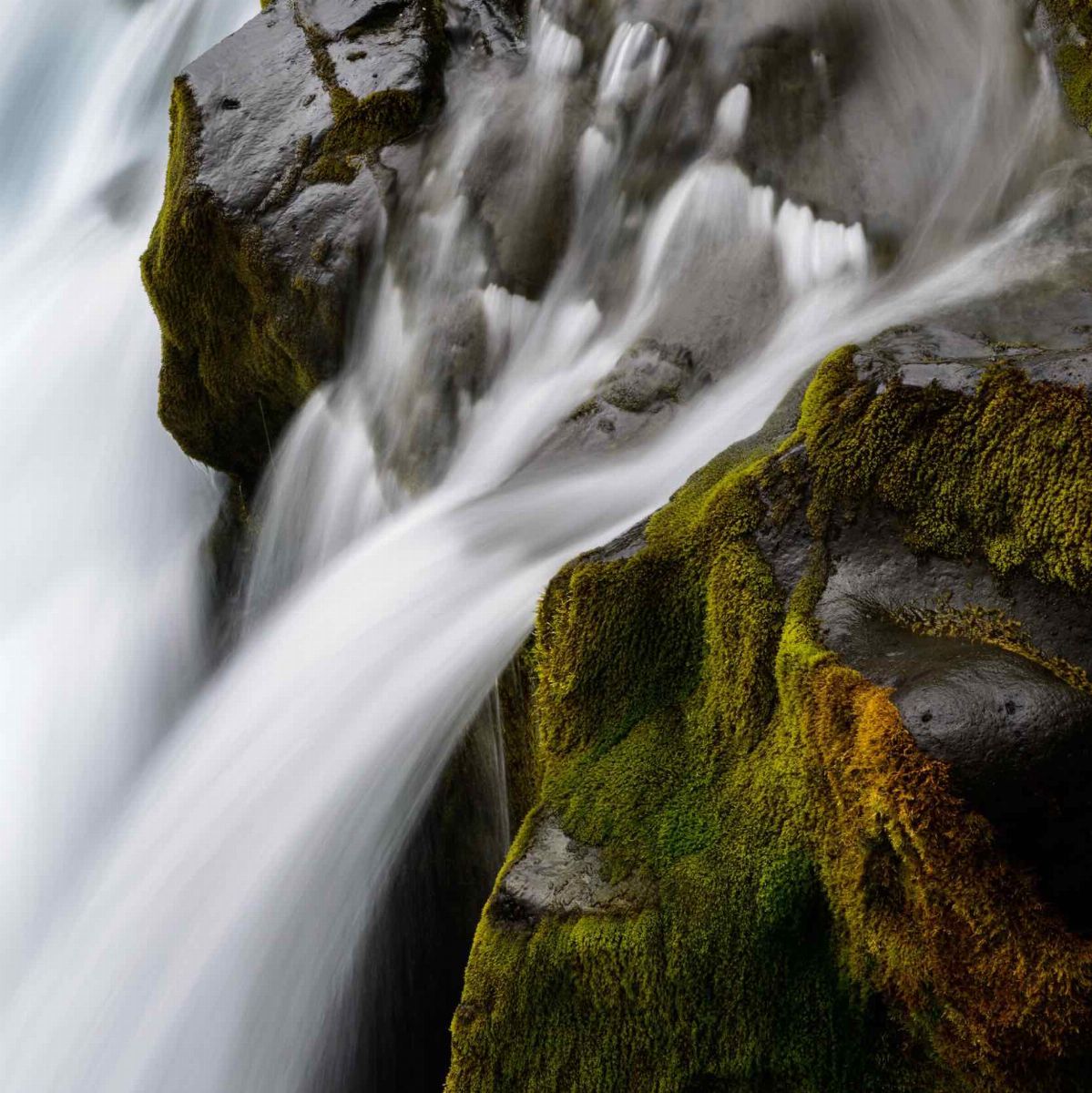Terence: I believe he was asking about the right (i.e. departing) foot, not the arriving foot, to which the answer is The toe.
ILuv2Dance: As far as the footwork is concerned, the action of the Spin Turn begins very much like a standard backward walk. There is no rise during this step, and so you roll off of your right foot as you would with any backward walk, therefore releasing the toe of that foot.
The lady, however, releases her heel and maintains floor contact with her right toe on the next step. This seems obvious enough, as her step 5 of Spin Turn is danced with foot rise. However, the same would be true even if she didn't have rise, such as with a set of consecutive natural pivots. You will not find this technique in any book, because no Int'l technique book contains sets of consecutive pivots (and American style technique books are not to be trusted), but it is the common convention. As the lady leaves her right foot, she maintains contact with the right toe, then switches to a heel gradually while the weight is moving across the step on the left foot, so that the following step on the right foot is once again taken with a heel.
This technique would remain the same in all of the swinging dances. To be honest, I'm not sure about Tango... I suspect it might actually be different. But I'll consult with one or two well-trained ladies and get back to you on that one...
Regards,
Jonathan Atkinson
www.ballroomdancers.com


